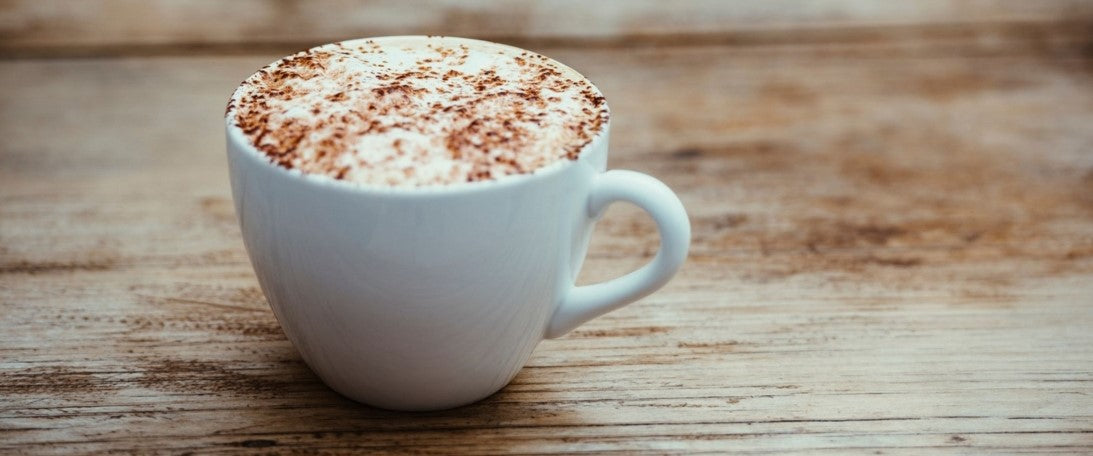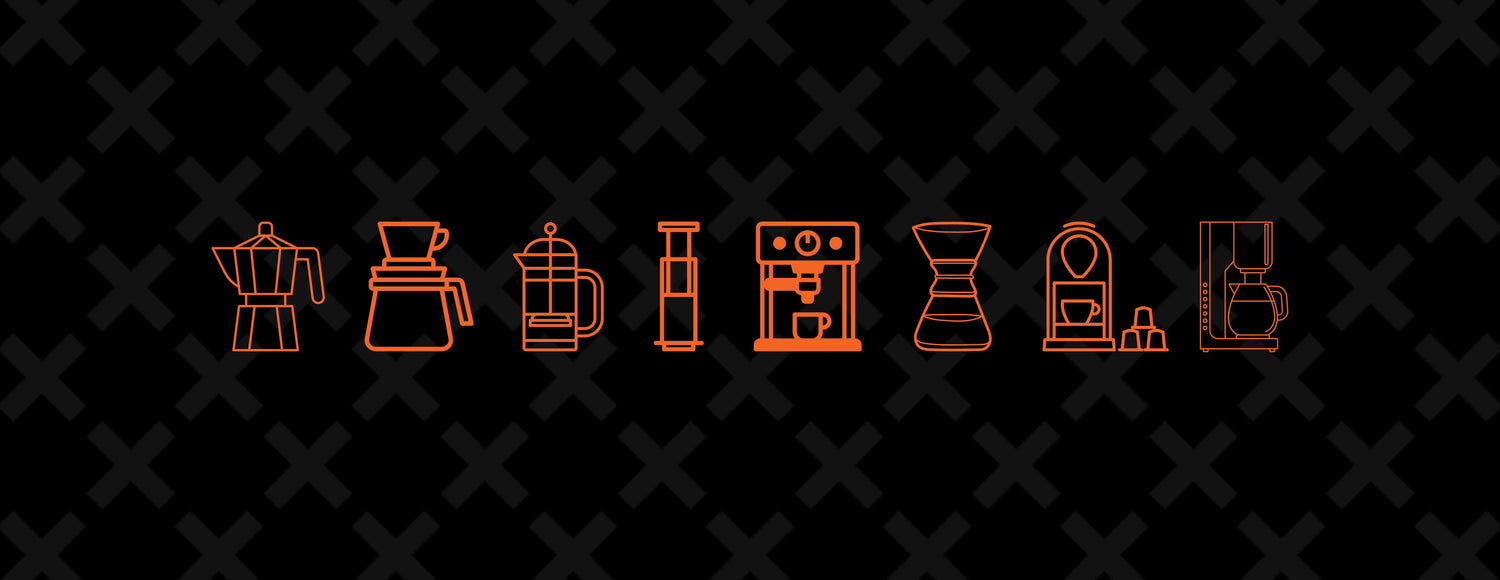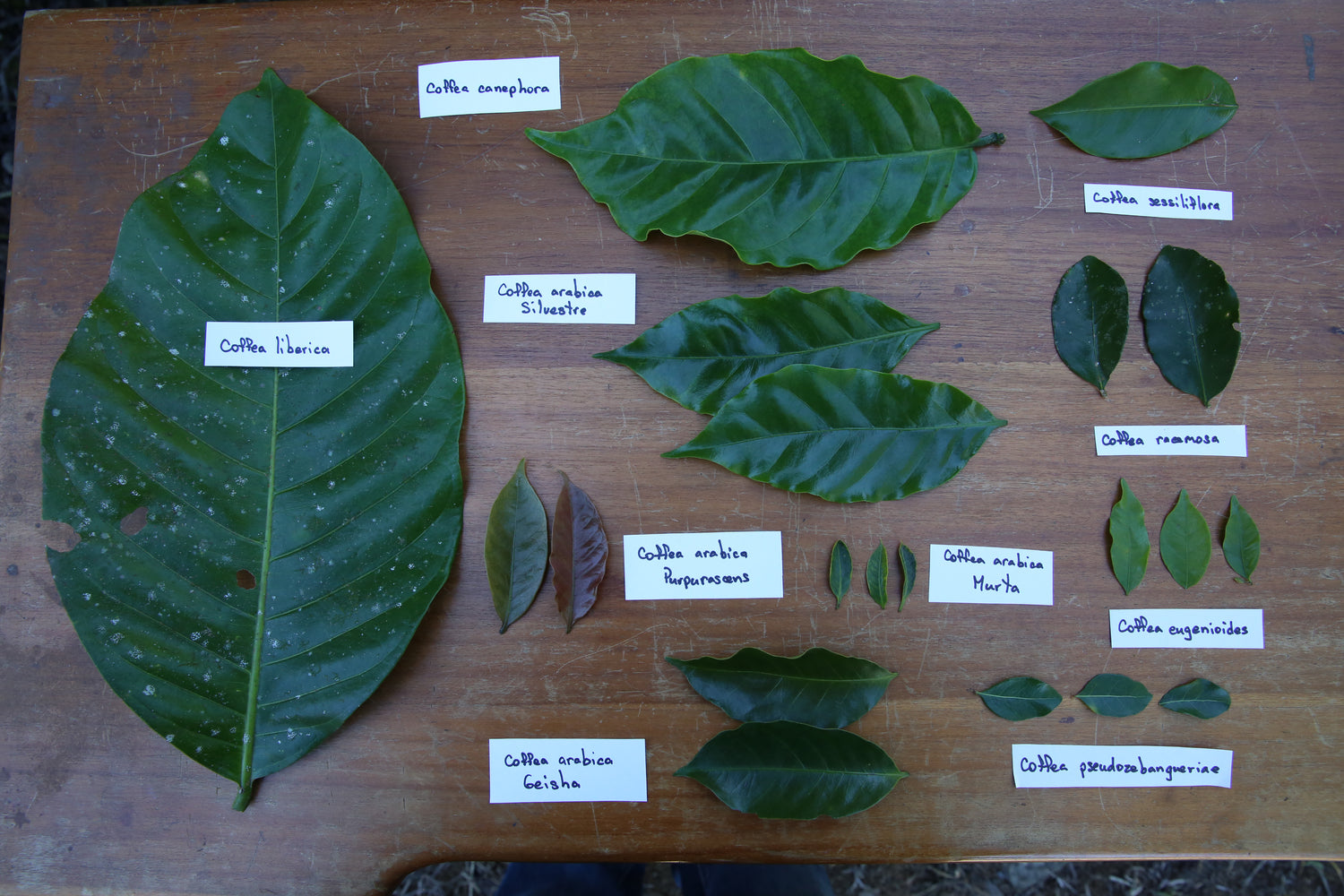Cappuccino
What is Cappuccino?
A Cappuccino is perhaps the most iconic of all coffee drinks on a cafe menu. It is also surprisingly old, predating the espresso itself. But what exactly is a Cappuccino? It's a good question. And one with no strict answer. Essentially, it's a strong, milky coffee with a good layer of foamed, textured milk.
The World Barista Championship, organised by the Speciality Coffee Association (SCA), requires aspiring contenders to produce a cappuccino to be crowned world champion. According to SCA regulations, a cappuccino is a coffee and milk beverage that should have a harmonious balance of rich, sweet milk and espresso. It must also have a minimum foam depth of 1cm and a total volume between 150ml-180ml. So, if you plan on ordering one, keep a tape measure handy!
And as for the dusting of chocolate on top? I could find no mention of anyone who claims to have started this trend. It is certainly not a defining characteristic of the drink. It may have started in the United States, and its continued popularity is likely due to the fact that, well, who doesn't love chocolate?
Where Does the Cappuccino Originate From?
The Cappuccino, as we know it today, evolved alongside the modern espresso machine, which first gained popularity in Italy in the early 1950s. However, the drink itself far outdates the espresso machine. And even though the name Cappuccino is undoubtedly Italian, and there is also a connection to the Capuchin monks of Northern Italy, the drink's origins are in Vienna, Austria, not Italy. But first to the monks.
The Capuchin monks are an order of Franciscan monks founded in 1525. These monks were well known for the habits they wore, which were brown with hoods. People say the milk-foam dome of a Cappuccino resembles a hood. And in fact, the Italian word for hood is cappuccio. Others say that has to do with how the milk is poured. When the white milk is circled by the golden brown espresso, it can resemble the head of a monk and the distinct haircut associated with them.
And like all good myths, they sound like they could be true. But unfortunately, like all good myths, they're not. Both connect the use of frothed milk as part of the drink. And that only arrived with the espresso machine in the early 1900s. And the Cappuccino far outdates that. Not only that, but the Capuchin monks don't perform tonsure, the act of cutting one's hair as an act of humility.
However, there is a connection to Capuchin monks. And it comes not from Italy but from the coffeehouses of Vienna, Austria, in the early 1800s. Here, you could order a drink called the Kapuziner, which was coffee mixed with cream until the colour matched the distinct brown of the robes of the Capuchin monks. It was a way of indicating how strong or milky you wanted your coffee.
What Are the Main Ingredients of a Cappuccino?
Coffee and milk. Simple. A dusting of chocolate powder on top is a common addition, but it's not a defining characteristic of the drink. Essentially, it's a form of latte art, and the reason its popularity endures is because, well, chocolate is delicious.
- Espresso: The base of a cappuccino is generally a double espresso. Espresso is a concentrated coffee brewed by forcing hot water through finely ground coffee beans.
- Steamed Milk: Steamed milk is an essential component of a Cappuccino. It is heated and frothed to create a creamy and velvety texture. The milk is usually heated to around 65-71°C (150-160°F).
- Foam: The foam in a Cappuccino is created during the frothing process. It consists of tiny, velvety bubbles that sit on top of the espresso and steamed milk.
What is a Cappuccino's Ideal Espresso, Milk, and Foam Ratio?
A lot of information suggests that the ideal ratio of espresso, milk and foam for a Cappuccino is 1:1:1. This is sometimes referred to as the rule of thirds. But when you think about it, this doesn't make much sense. By that logic, a single shot Cappuccino using approximately 25ml of espresso would be 75ml in size.
As mentioned, the SCA defines the Cappuccino as "a coffee and milk beverage that should produce a harmonious balance of rich, sweet milk and espresso."
Can I Make a Cappuccino at Home Without an Espresso Machine?
Yes, you can make a Cappuccino at home without a traditional espresso machine. While it may not be identical to what you'd get at a coffee shop, you can create a close approximation of a Cappuccino using some basic equipment and ingredients. Here's a simplified method for making a homemade cappuccino without a coffee machine:
Equipment:
- Stovetop pot or microwave-safe container for heating milk
- Whisk or frother (a handheld milk frother works well, but you can also use a french press)
- Coffee maker or a way to brew strong coffee. It's best if you can use a bit of pressure during the brewing process (e.g., Moka pot or AeroPress)
Steps:
- Brew the Coffee: Start by brewing a strong cup of coffee using your preferred method. Aim for a coffee concentrate similar in strength to espresso. For the best results, a Moka pot or AeroPress works best here. Aim to use 18g of finely ground coffee to produce 60-70ml of brewed coffee.
- Heat the Milk: In a stovetop pot or a microwave-safe container, heat the desired amount of milk until it's hot but not boiling. Once milk is heated over 70°C, its natural sugars break down. This will harm the flavour of the milk.
- Froth the Milk: Once the milk is hot, use a whisk or a handheld milk frother to froth it. Alternatively, if you have a French press, pour your hot milk into it and vigorously plunge up and down for one minute. This will aerate the milk and create foam.
- Prepare the Coffee: Pour the brewed coffee into your serving cup. Slowly pour the frothed milk into the coffee, aiming to get an even distribution of milk and foam. You can hold back the foam with a spoon while pouring the milk, then spoon it on top afterwards.
- Optional Toppings: If you like, sprinkle a pinch of cocoa powder or cinnamon on top for extra flavour and decoration.
Remember that making a Cappuccino without an espresso machine won't produce the same level of intensity. However, it can still yield a delicious and creamy coffee beverage with a similar overall flavour profile. Adjust the coffee-to-milk ratio and frothing technique to suit your preferences.





